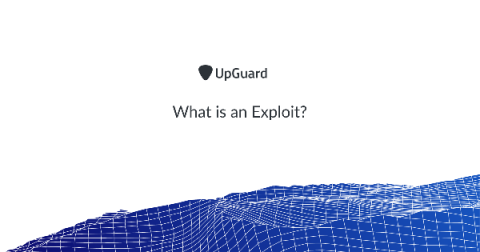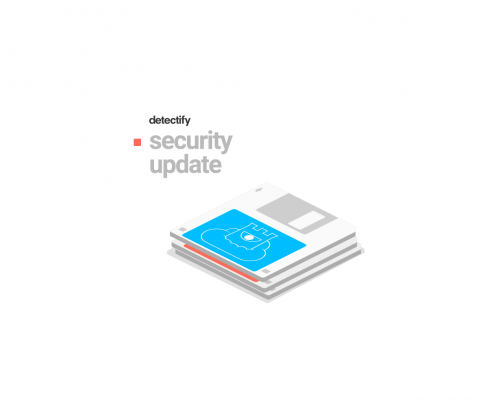Climbing the Vulnerability Management Mountain: Reaching Maturity Level 2
The path is starting to get steeper now as we climb to ML2. It is time to start defining a vulnerability management program with objectives and goals. This program is expected to grow and evolve over time as the organization grows and evolves. Start by documenting what is in place now and what objections the organization is trying to reach. The stakeholders should come from multiple departments within the organization. For example, you will need buy-in from:





